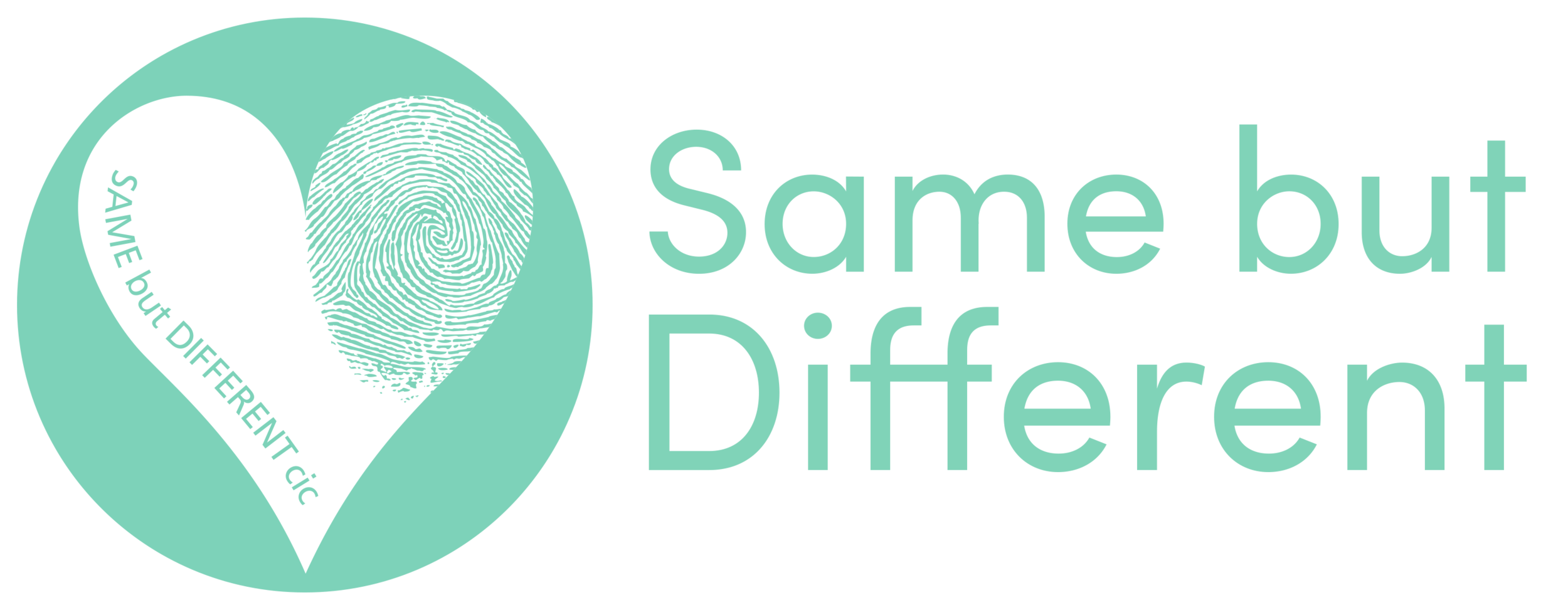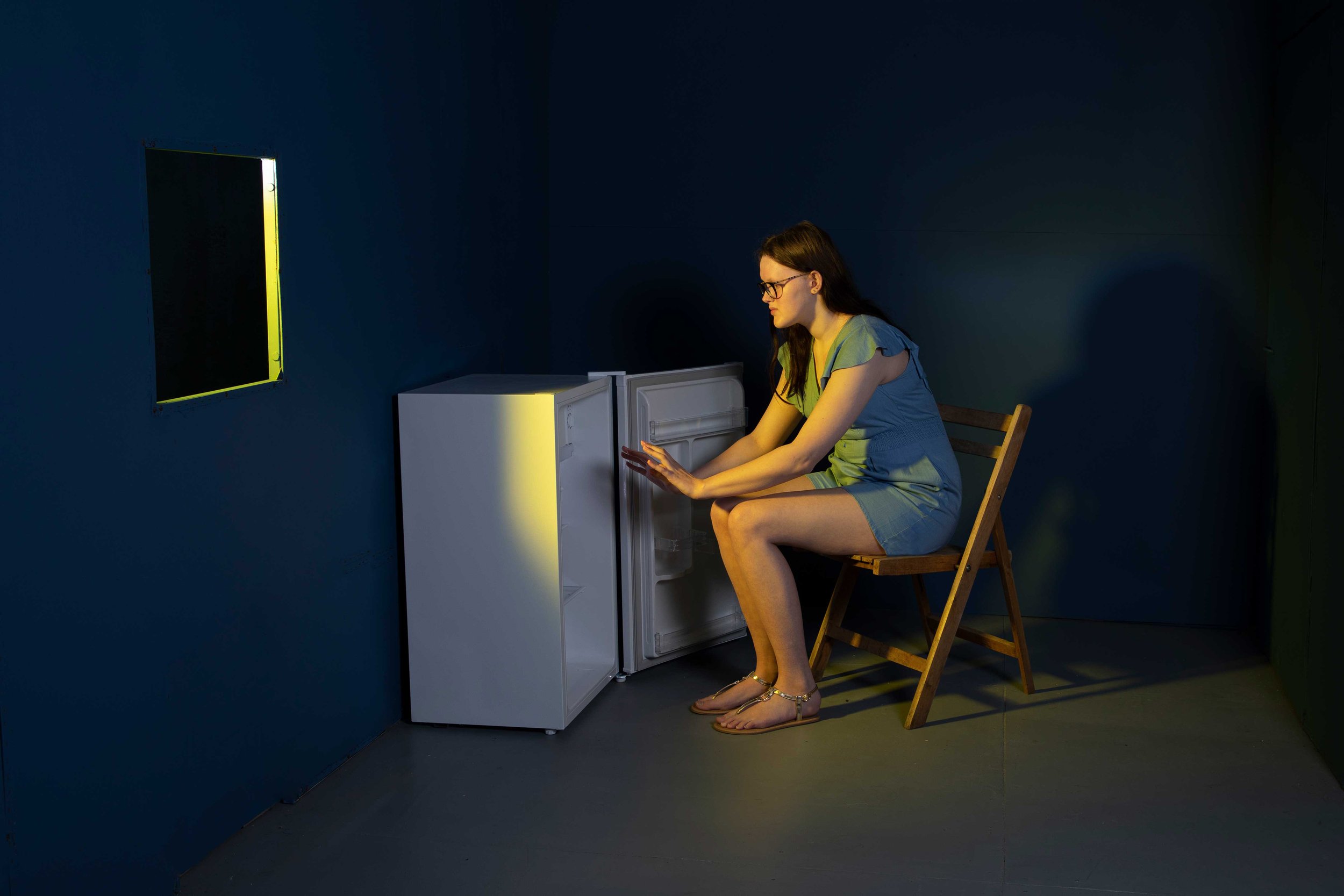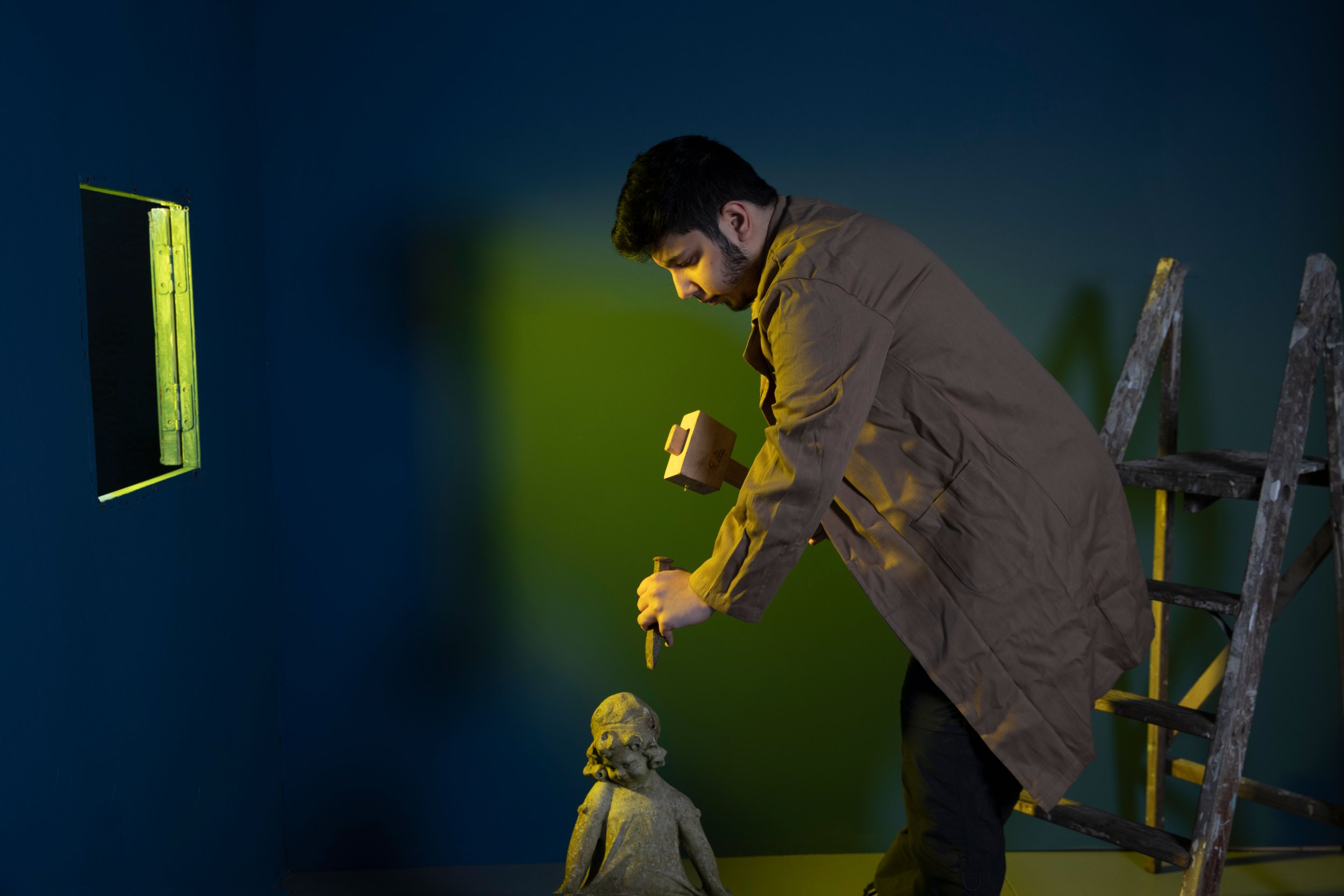Hannah is 19 years old, and although she still lives at home along with her little sister she dreams of living in London. Hannah has Hay-Wells Syndrome, an extremely rare disorder that comes under the broader group of disorders known as Ectodermal Dysplasia. Although she is the first person in her family within living memory to have it, her parents were told it is likely that one of her ancestors will also have had it, as generally, it is an inherited mutation.
Within a few hours of bringing her home, her parents noticed that she had a cleft palate. Hannah had been crying which meant her parents had been able to see that the roof of her mouth looked different, although typically if a cleft palate is not detected before birth it should be identified after birth during the routine baby check. She was born with quite a lot of hair and eyelashes, but as these naturally fell out, none grew back, causing her to become nearly bald. Despite these issues, it was not until she was around three years old that they received a confirmed diagnosis.
Photograph by Ceridwen Hughes for Days of Rare exhibition
Hannah’s hearing has been affected by her Hay-Wells Syndrome, and she clearly remembers the difference in getting her first hearing aid at around the age of five made.
My first hearing aid was on a metal band worn on my head like a headband, after that they changed it to a soft band until at the age of around eleven or twelve when I got my first BAHA (* a BAHA is a bone-anchored hearing aid) and finally I could hear clearly. I couldn’t hear properly before that. I couldn't always understand all that well, but now I can understand better because I can hear a lot more words and sounds.
Even now she is still hearing new sounds, realising with delight only recently, that Coco-Pops really do ‘POP’! Her hearing difficulties have represented a real barrier to accessing education, and to her learning. Hannah explained that although she had helpers at school, they didn’t really offer the support she needed, and whilst she is at college now studying for her GCSE’s she still finds it hard to follow a class whilst taking notes.
Photograph by Ceridwen Hughes for Days of Rare exhibition
Hannah is also incredibly sensitive to both light and heat, which present some daily challenges. Her dream was always to be a model, a dream which she is seeing come true having recently signed with Zebedee (Zebedee prides itself on being the leading inclusive talent agency worldwide). She explains that her eyes can often get uncomfortable and itchy and that they hurt in bright sunlight. The bright lighting needed on photoshoots can exacerbate this, but she says she ‘pushes through it, because modelling is what I really, really love doing.’ The sunlight also causes her skin to burn, and her body struggles to regulate heat, as a feature of her Hay-Wells syndrome is the inability to sweat.
Ectodermal dysplasias (ED), are a group of at least 150 inherited disorders that can involve defects in the hair, nails, sweat glands and teeth, and Hay-Wells Syndrome is one of these disorders. Generally, ectodermal dysplasias are inherited however it is possible for a child to be the first person in their family to be affected by an ectodermal dysplasia. The ectoderm contributes to the formation of the lens of the eye, parts of the inner ear, the fingers and toes, and nerves, among others, which can cause them to develop abnormally. The symptoms can range from mild to severe, and although there are no cures for ectodermal dysplasias there are many treatments available to address the different symptoms.
For Hannah, the biggest impact of her condition has been the bullying she has experienced throughout her life as a result of the way she looks. Recalling from an early age that she would notice other kids would stare at her in the street. She remembers once that when a little boy asked about her skin she answered him, but when he went on to ask her why she was wearing sunglasses when it wasn’t sunny his parents told him to stop being rude. She explains she would rather be asked, because by sharing her story she can raise awareness, and people can learn and understand. Instead of not asking, or being told it is rude to ask, or by just staring then looking away it introduces or reinforces the idea - especially for young children, that the differences between people are something to almost fear, to be scared of.
Photograph by Ceridwen Hughes for Days of Rare exhibition
When I step in front of the camera I'm like that younger me before I got bullied.
Her confidence has increased as she has grown older. Today she celebrates her uniqueness and encourages dialogue. Her modelling has also added to her confidence. Hannah received counselling when she was a teenager to help deal with the bullying, but looking back at the bullying now she says;
It just makes being a model really, really special. I would like to tell my younger bullied self that I did become a model'!
THE ECTODERMAL DYSPLASIA SOCIETY
The society is a charity dedicated to improving the health and well-being of those affected by Ectodermal Dysplasia (ED).
You can listen to Hannah’s chat with Ilmarie Braun, Same but Different Project Manager on our podcast channel.









